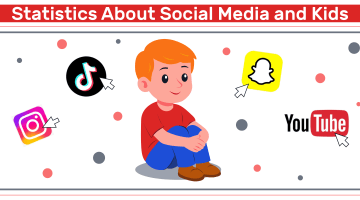40 Fun Science Facts for Kids
reviewed by Laila A. Lico
Updated on November 4, 2025
Science is full of “wow” moments! I’m your science buddy, and today we’re diving into some fun science facts for kids. Did you know that some fish can fly or that your brain works faster than a computer? Let’s explore together – I bet you’ll impress your parents or best friends with what you learn!
Key points
- 40 cool science facts about our world and everyday life are waiting for you.
- Human body: Your heart beats about 100,000 times every day, almost 3 billion times in a lifetime.
- Animals: A blue whale’s heart is so big that a kid could swim through its arteries.
- Space / Earth: Earth’s core is as hot as the surface of the Sun.
- Ancient world: Ancient Egyptians shaved their heads, wore wigs, and used makeup to protect their skin from the sun.
- Food: Potatoes have been grown in space. It’s the first vegetable to orbit the Earth.
What are science facts for kids?
Science fun facts are little pieces of knowledge about the world that make us go “Wow!” They help us understand how everything works, from our own bodies to the stars in the sky. Each fun fact is like a tiny treasure that shows how amazing our world is.
Did you know that sharks never run out of teeth? They can grow up to 30,000 teeth in their lifetime! Or that a baby kangaroo, called a joey, is smaller than your thumb when it’s born? Cool, right? Science facts like these help you see the magic in everyday life and remind you that even the smallest things can be full of wonder.
And who knows – maybe while exploring these cool science facts for kids, you’ll discover which topic excites you the most! You might even find out who you want to be when you grow up: a space explorer, a biologist, or the next great inventor!
Types of science facts for kids
Science fact of the day!
At the start of our science adventure, I’ve got a special fact of the day for you. Of course, it’s about learning! Actually… two fun scientific facts.
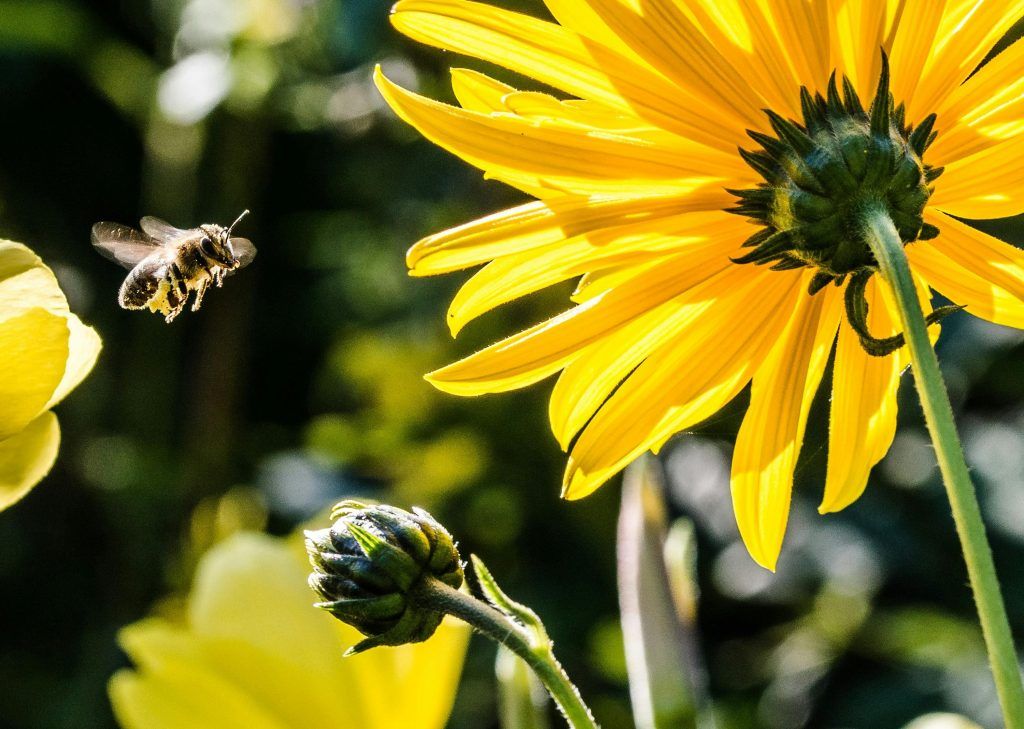
Let’s begin with reading. Did you know that reading can help you live longer? Yep! Scientists say that reading for just 30 minutes a day can make you healthier and even help your brain stay strong. Every page you read is like a mini workout for your mind and it keeps you smart and calm!
Not impressed yet? Here’s a math fact of the day: Honeybees can count up to four. Isn’t that amazing? Scientists even found that bees can solve harder problems if they know they’ll get a sweet reward for the right answer. Sounds a bit like school, right? But I bet you’re faster at math than a bee!
Do you want to learn even more kids’ science facts? On Brighterly website, readers can download free Math worksheets and Reading worksheets for kids. With these worksheets, you can practice math, improve your reading, and discover lots of fun science facts. Because many worksheets are packed with interesting science texts!
Note: Here’s another fun fact! Brighterly also creates a personalized learning program. You get one-on-one lessons with a friendly tutor. Learning reading and math has never been this fun and easy!
Human body facts
Top 10 science facts on human body
- Your body can do some truly unbelievable things! For example, your heart beats about 100,000 times a day. That’s almost 3 billion times in your life. It never rests, not even for a second. Isn’t that wild?
- Your brain can make more ideas in one day than there are stars in the sky!
- The human body is made of about 37 trillion cells, all working together like a perfect team.
- Your bones are stronger than concrete but still light enough to help you move easily.
- The stomach acid is so powerful it could dissolve metal (but don’t worry, your body keeps it safe).
- Additional fun science fact – your body has enough iron inside to make a small nail.
- The tiny blood vessels, veins inside you, are so long that if stretched out, they’d wrap around Earth four times.
- Human skin renews itself every month – you’re always a little “new.”
- Your brain’s electricity could power a small light bulb!
- Finally, a fun fact about your teeth: your tooth enamel is the hardest part of your body, even tougher than bone. But if you don’t brush, over 300 kinds of bacteria can live on just one tooth. Yuck! Better grab that toothbrush!

Animals facts
Science fun fact: Incredible animal world
Animals are full of fun science facts and wild talents! Imagine this – the heart of a blue whale is so big that a kid could swim through its arteries! That’s how enormous it is.
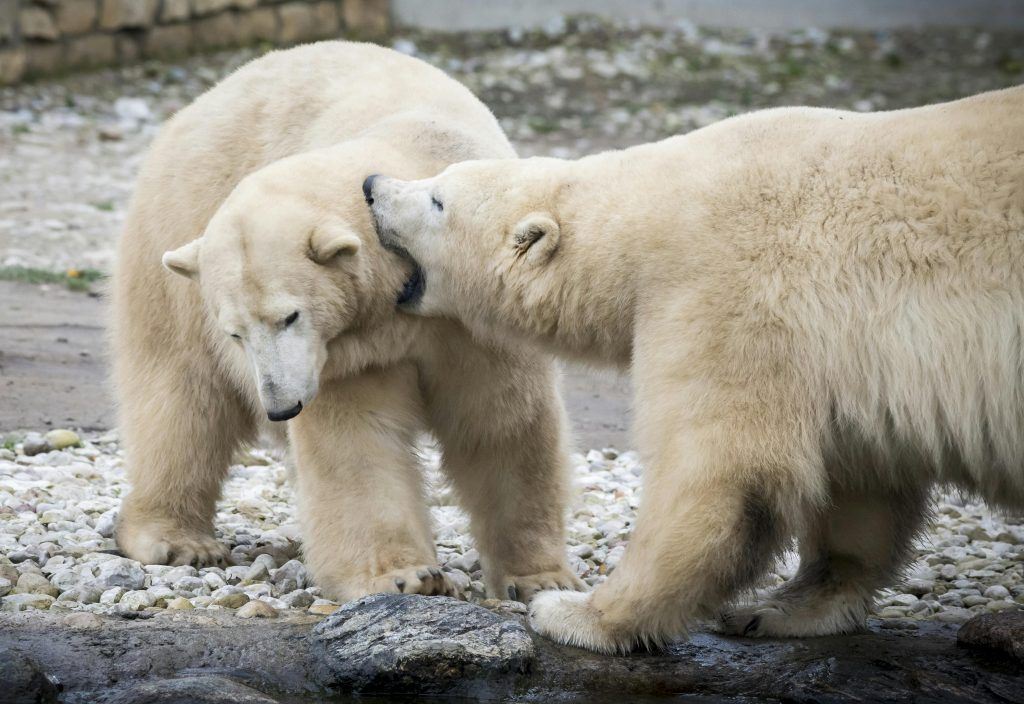
- Polar bears have black skin under their white fur – it helps them soak up the sun’s warmth. In addition, tigers have stripes not only on their fur but also on their skin and every tiger’s pattern is unique, just like your fingerprints!
- Sharks never run out of teeth. They can grow up to 30,000 teeth in their lifetime!
- Some frogs can freeze solid in winter and come back to life when they thaw out in spring!
- The mole is a digging champion; it can dig tunnels faster than a person can run!
- A giraffe’s tongue can be almost half a meter long. It’s perfect for grabbing leaves high up in trees.
Earth & nature facts
Сool science facts for kids: The magic of Earth and nature
Next, I’ll share with you a few more interesting science facts for kids, this time about our Earth!
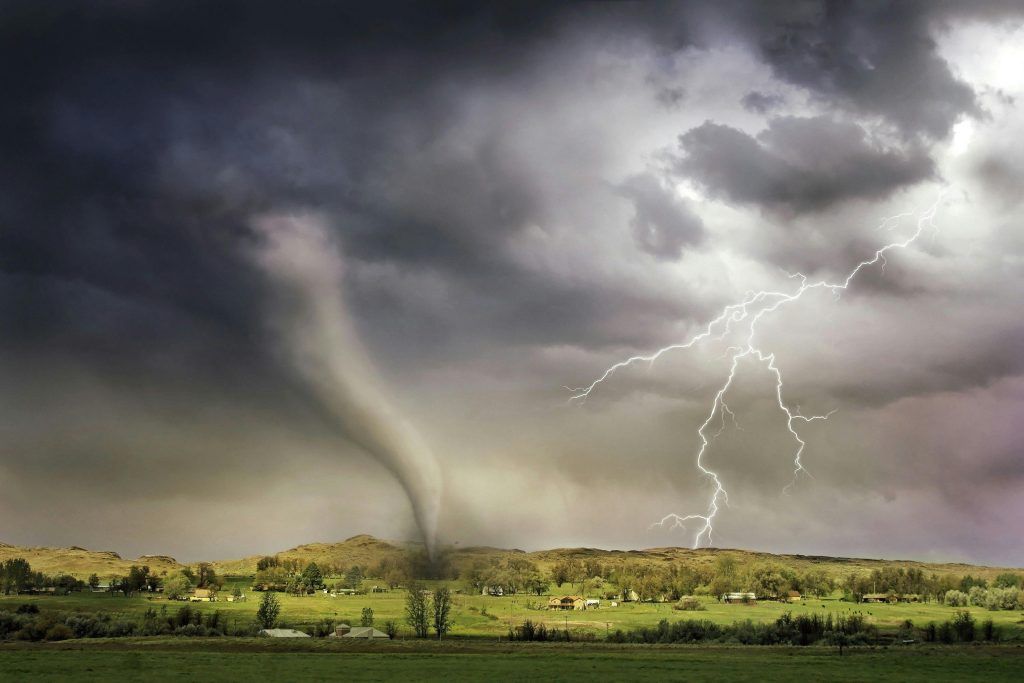
- Oceans cover about 71% of Earth’s surface. They are so big that we’ve explored less than 5% of them! Just think of all the amazing creatures still hiding in the water down there.
- The strongest winds on Earth happen in tornadoes and hurricanes. Some tornadoes can spin faster than a racing car, making them some of the fastest forces in nature.
- Some trees can live for thousands of years. The oldest known tree, a bristlecone pine, is over 5,000 years old. It was already growing when the Egyptian pyramids were being built!
- Earth is spinning really fast – about 1,600 km/h at the equator. You don’t feel it, but this speed keeps day and night moving perfectly. For comparison, an airplane moves at an average speed of around 800 km/h.
Fun science fact of the day on Earth & nature!
A science fun fact that might make you want to visit Brazil… but maybe not!
Did you know that the Amazon rainforest, mostly in Brazil, produces 20% of the world’s oxygen? That’s why it’s called the “lungs of the Earth”.
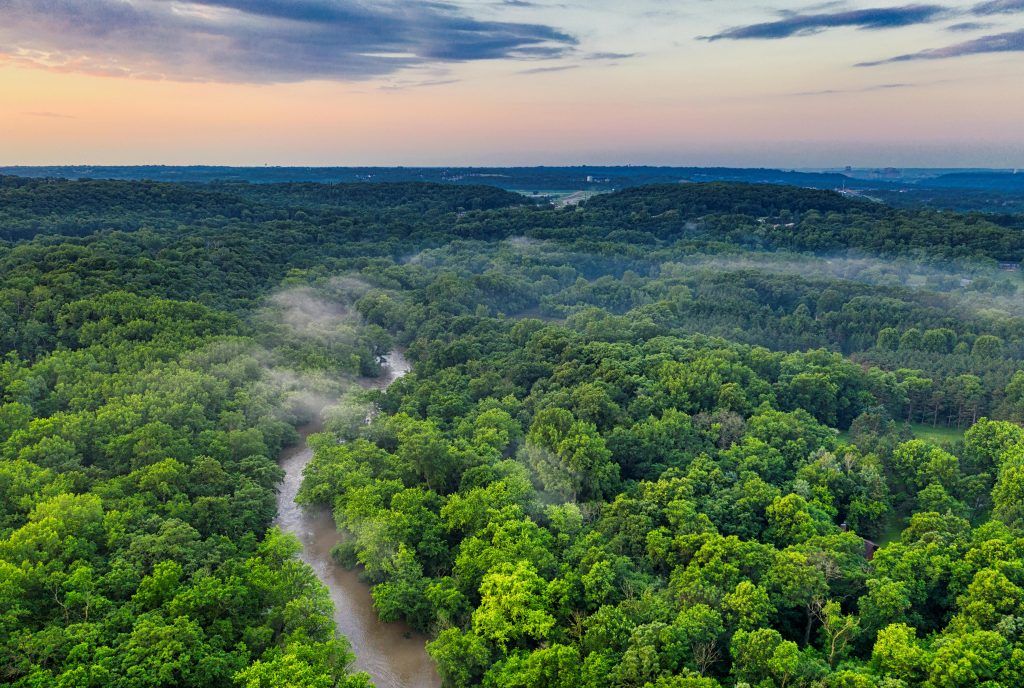
Imagine this: the rainforest is home to over 400 billion trees, and about 2.5 million animals, including jaguars, toucans, and pink river dolphins.
And there’s also the world’s most dangerous island – Snake Island. Ilha da Queimada Grande, 33 km off the coast of Brazil, is home to 2,000-4,000 venomous snakes, or one snake per each square meter. The island is strictly off-limits for people, only scientists with special permit can go there. Quite a cool science fact, right?
Space facts
Fun fact about science from outer space
I’m afraid our brains can’t fully imagine life beyond our planet. But let’s try to touch on astronomy and imagine some fun facts about science.
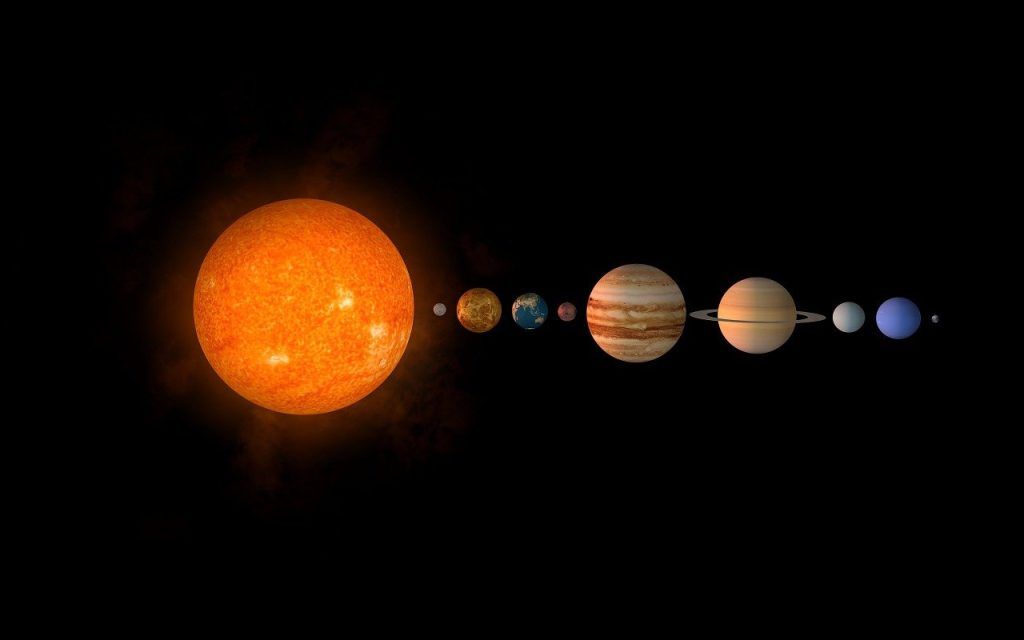
- Our solar system is just one tiny part of a galaxy with billions of stars! Can you imagine how huge that is?
- The Sun is enormous. It’s so big that more than a million planets the size of Earth could fit inside it.
- To reach the closest star after the Sun, called Proxima Centauri, we would need to travel over 4 light-years, which is more than 40 trillion kilometers, or about 75,000 years with today’s fastest spaceship!
- When it comes to science facts for kids, did you know that over 600 people from around the world have traveled into space since 1961? Before humans, it was dogs, monkeys, and rats that went up to see if life could survive there!
- The International Space Station (ISS) has been orbiting Earth for more than 40 years. Astronauts live there for months, floating in weightlessness, doing experiments with plants, animals, and humans, and observing Earth’s weather and oceans from space.
Can you imagine flying through outer space, visiting planets and stars that are billions of kilometers away? I can’t.
Ancient world facts
Interesting science facts: Wonders of the ancient world
My favorite topic – History! I just love it, so let me share some basic science facts from the past.

- Ancient Egyptians loved makeup. Both men and women wore it to protect their skin from the sun. They also shaved their heads to avoid bugs and then wore wigs made of human hair, wool, or palm fibers again to protect their heads from the hot sun.
- Roman gladiators fought in huge arenas like the Colosseum. Thousands of people and wild animals, like lions, tigers, and elephants, could take part. Sometimes the Romans even flooded the arena to create a temporary lake for ships to battle on!
- Did you know science facts about ancient Greeks? Their athletes competed naked at the Olympic Games. This was a way to show off their strength, skill, and the beauty of the human body.
- Back when people didn’t take photos and painted portraits instead, making paint was a real art. Red came from crushed insects, purple from sea snail shells, blue and green from ground-up minerals, and yellow and brown from clay.
Science fact of the day for kids on the ancient world
And for dessert, here’s a fact that will make you realize the scale of how closely connected you are to every era in Earth’s history.
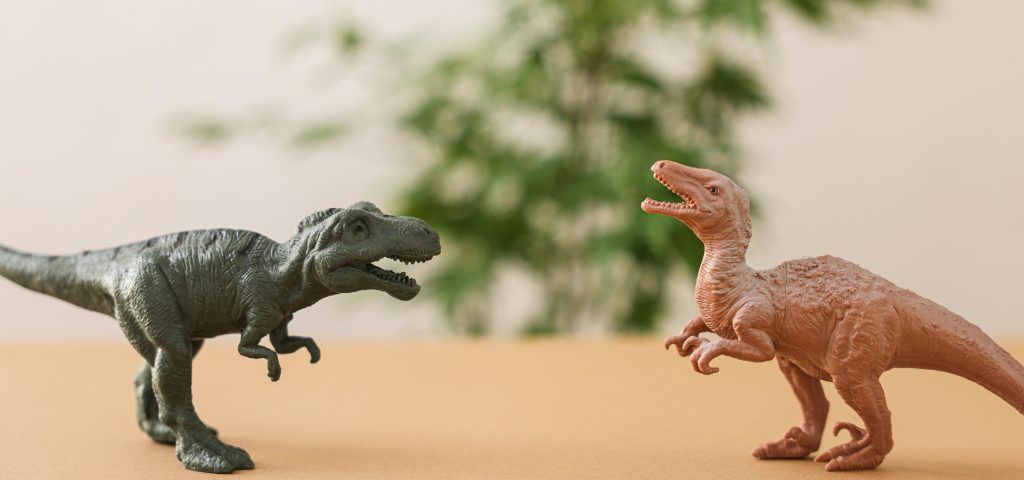
You drink the same water dinosaurs once drank! Isn’t that amazing? Every drop of water on Earth keeps moving in a giant circle from rivers to clouds and back again as rain. So, the water in your glass today might have splashed on a dinosaur millions of years ago!
Food facts
Top 10 science fun facts for kids about yummy food discoveries
After exploring the ancient world and its amazing discoveries, let’s jump into something we all love – food. Look at your plate, it’s full of science. Here are 10 facts about science hidden in your favorite snacks. Get ready to be amazed and maybe a little hungry too!

- Apples float in water because they consist of 25% air – that’s why they bob like little boats.
- Chocolate was once used as money. Imagine buying toys with chocolate beans!
- Carrots were originally purple, not orange!
- Potatoes have been to space.
- Honey never goes bad – archaeologists found 3,000-year-old honey in Egyptian tombs that’s still edible.
- Milk can change its color depending on what cows eat, sometimes slightly yellow or even bluish.
- In Japan, farmers grow square watermelons so they can fit better in the fridge.
- Popcorn was made by Native Americans thousands of years ago – right over the fire!
- Cucumbers and tomatoes are actually fruits
- Every color of fruits and veggies means different vitamins. So, please eat a rainbow every day!
Science facts for kids: Conclusion
Which fun scientific facts did you find the weirdest or coolest today?
Maybe this was the moment you thought, “Wow, I want to be a scientist someday!” I’m so glad I could help you explore how amazing our world is.
Your brain grows stronger every time you learn something new – so keep reading, counting, and asking questions! If you want to keep discovering more fun and weird facts, check out Brighterly math and reading platform.
On Brighterly, professional teachers make learning easy and offer one-on-one lessons.
It’s perfect if you like:
- 1:1 learning with a teacher
- Fun lessons full of animations and stories
- Friendly support at every step
This tutoring program follows US school standards and helps you do even better at school.
If you and your mom are curious, you can book free lesson today! 🌟




